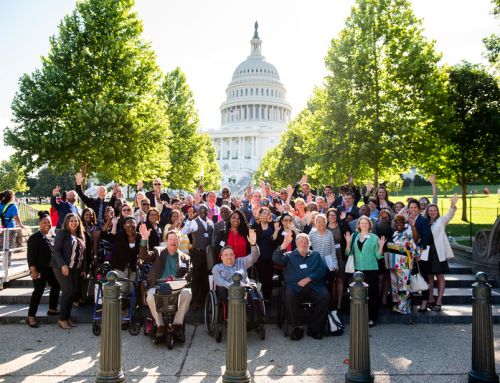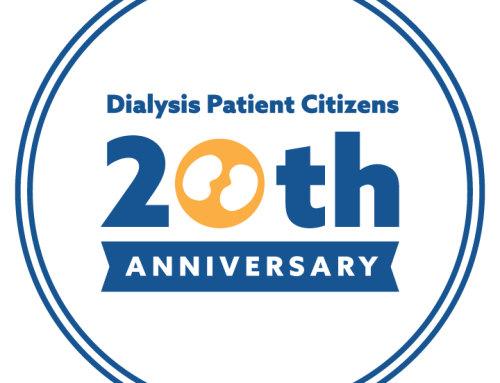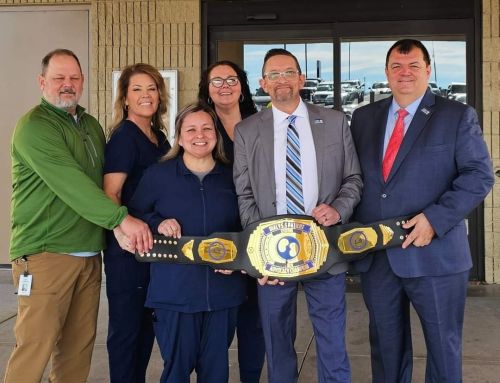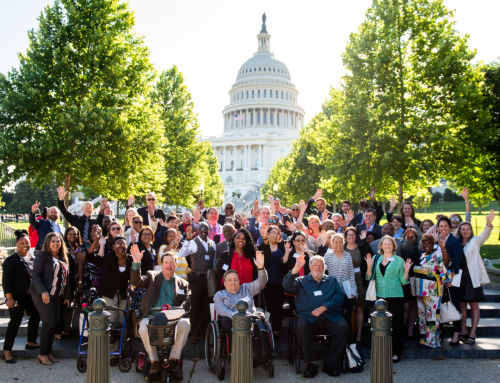- Better reimbursing the cost of home dialysis therapy;
- Allowing physicians to leverage evolving telehealth and remote monitoring technology for their patients;
- Funding more patient and physician education on home dialysis options, and
- Clarifying and simplifying care partner requirements that may confuse patients or otherwise limit home dialysis utilization.
Current federal policies limit patient access to home dialysis, a treatment option that offers significant clinical and quality-of-life advantages, according to a report released today by Washington, DC-based economist Alex Brill of Matrix Global Advisors (MGA). As a result of policy barriers, Brill finds a key segment of the growing population of patients who have end-stage renal disease (ESRD) miss out on the important health and lifestyle benefits of home dialysis. Brill, formerly chief economist to the House Ways & Means Committee, also finds that innovation in the home dialysis market may not reach patients if barriers cannot be addressed.
Fewer than 12 percent of patients with ESRD receive home dialysis today, though home dialysis offers patients important health benefits, such as reduced risk of cardiovascular mortality, lower rates of hypertension, and fewer physical health impacts of regular dialysis. In addition, it offers the ability to be more active and remain in, or re-enter, the workforce. Multiple U.S. studies demonstrate that when educated about the option, 40-50% of patients choose home dialysis. And yet most ESRD patients still travel to a facility multiple times a week to receive dialysis treatments.
According to Brill, the barriers that preclude many patients from accessing home dialysis include the lack of sufficient provider education about home dialysis, insufficient reimbursement for home dialysis, limited patient awareness of the home modality, and potentially burdensome requirements for care partner support. Most of these barriers were also noted in a report by the U.S. Government Accountability Office issued fall of 2015.
Brill’s study recommends that policymakers alleviate these burdens by focusing on telehealth, reimbursement, patient education, and caregiver issues. He finds that both Congress and federal regulators can do more to help more patients receive the benefits of home dialysis by, among other things:
“It is incumbent on policymakers to support policies to achieve greater access to home dialysis,” said Brill. “Not only could we see better health outcomes, but with greater uptake, the market can reach a tipping point toward accelerated growth, which can offer incentives for technological innovation that can further benefit patients.”

























